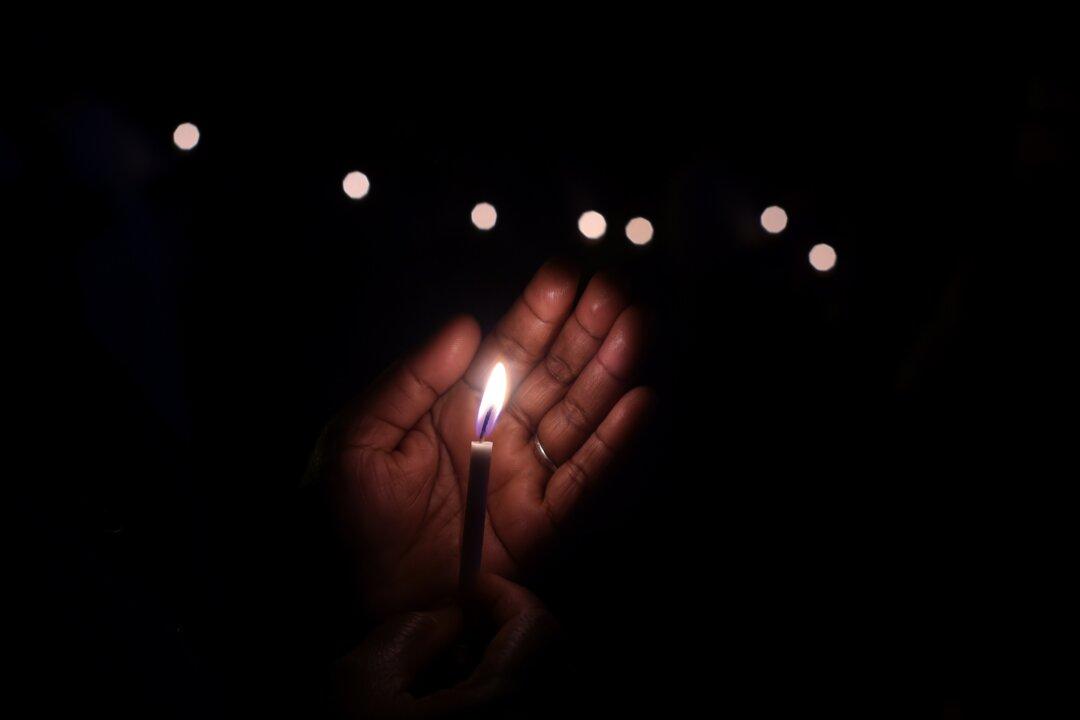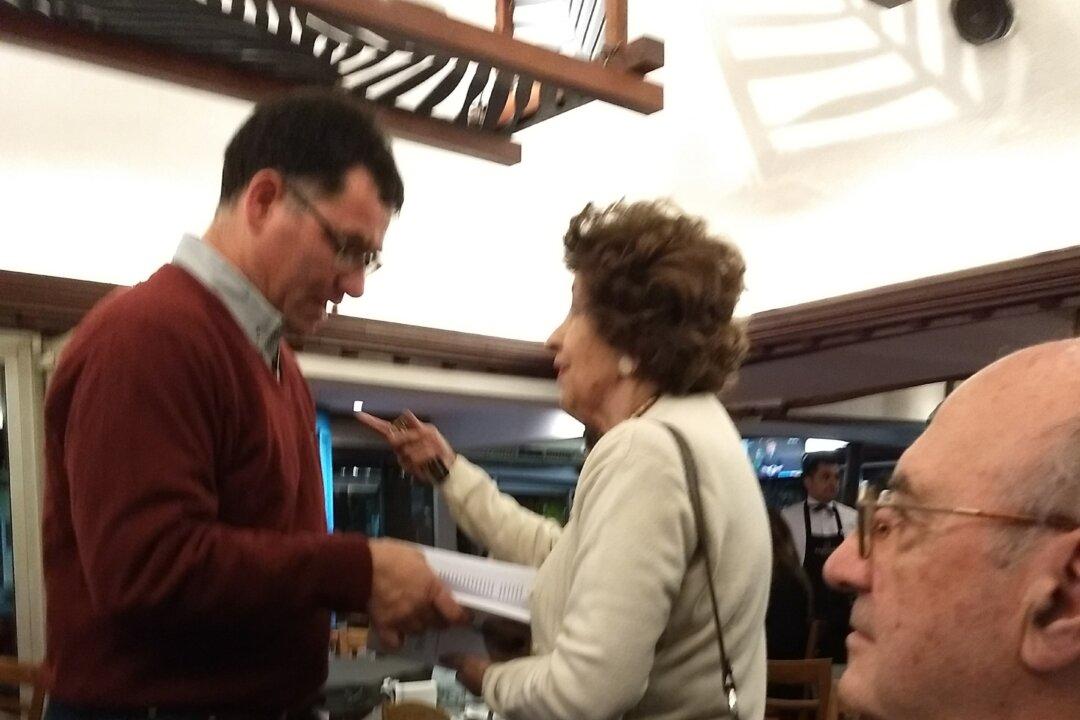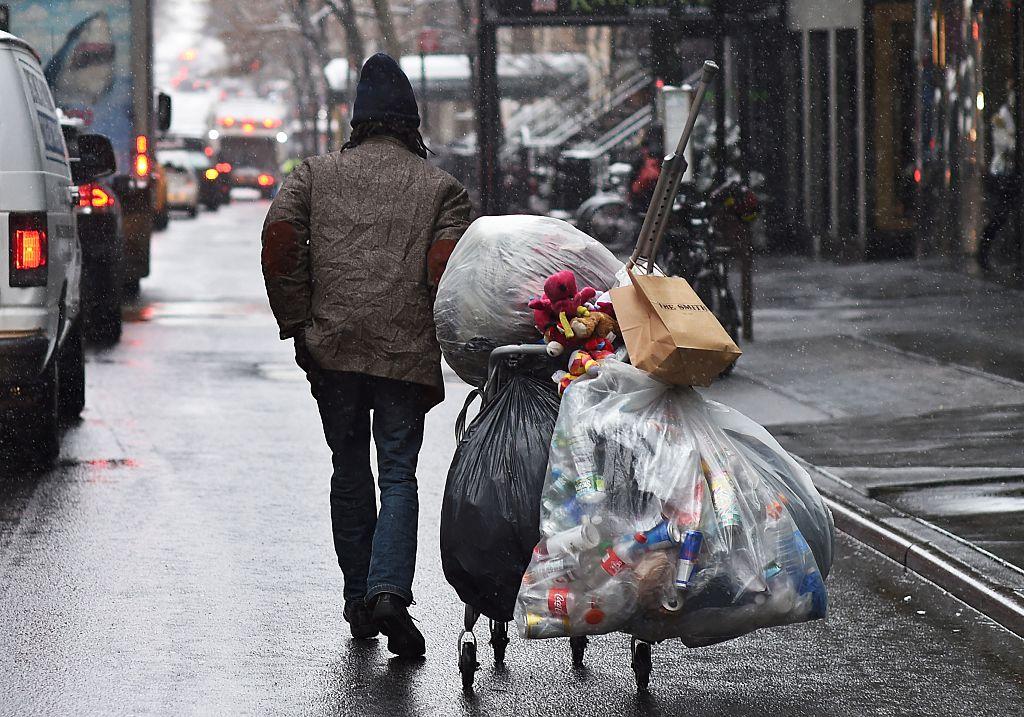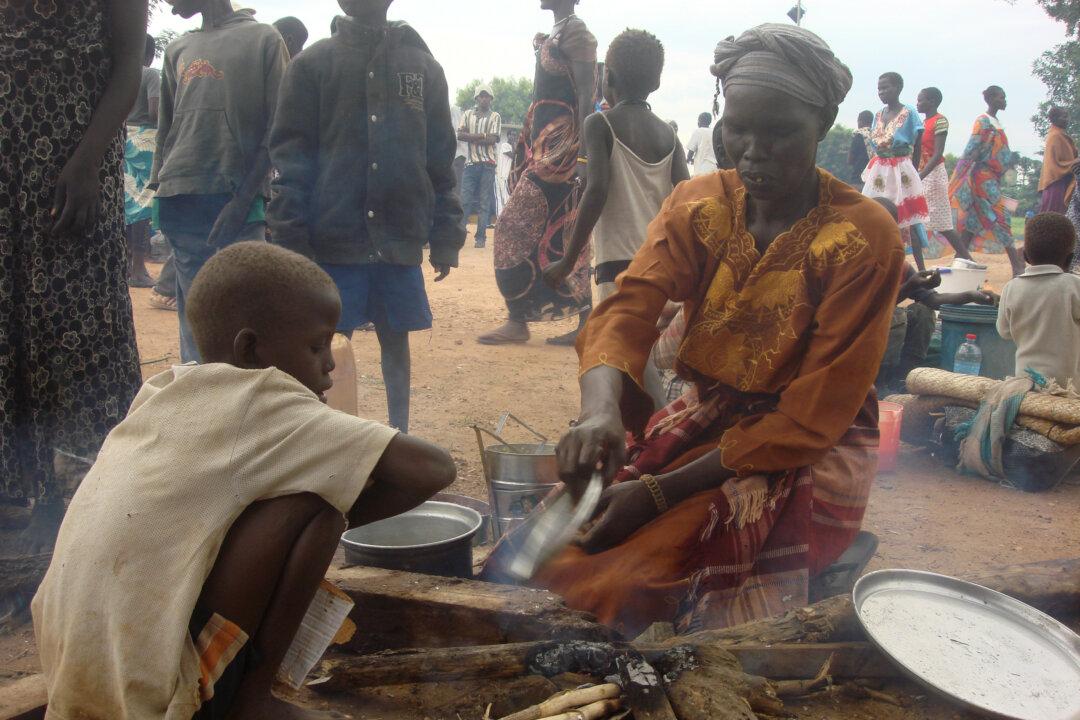The barbaric rape and setting on fire a 15-year-old girl in India is just the latest in a continuous series of rapes in the country. Repeated cases of gang rape in India are not only isolated incidents, but a reflection of widespread gender discrimination in the country. It is difficult to equate India’s rapid economic and technological development with such brutal practices that, in many cases, end up with the death of women.
Female feticide is the earliest and most brutal manifestation of violence against women. Researchers for The Lancet estimate that more than 500,000 girls are being lost annually through sex selective abortions. Female fetuses are selectively aborted after pre-natal sex determination. Sometimes, the elimination of women occurs even after they are born. This situation of female infanticide has existed for centuries in India.




